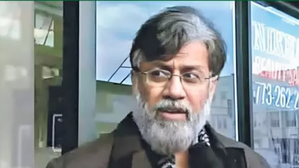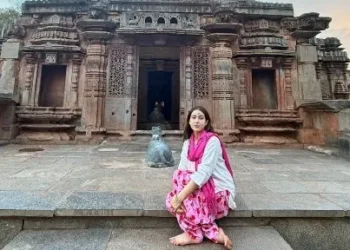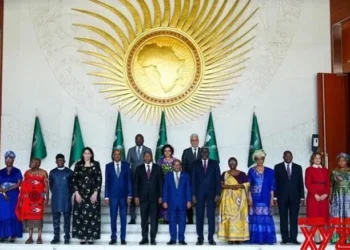In many ways, the COVID-19 crisis has offered the student-teacher community a chance to re-evaluate their rapport and sow the seeds for a mutually beneficial relationship that could offer new generations the lessons for a lifetime.
One of the wonderful things that have been culturally imbibed by Indians is the nobility associated with the teaching profession.
The discipline of imparting education has, of course, changed significantly over the years, from the ancient times when gurukuls were the order of the day, and service and learning went hand in hand, to today’s system of in-person, or even virtual learning, where students can meet up with the educators located in any part of the world, the role of teachers has evolved in interesting ways.
One of the biggest transformations seen in the teaching space over the past two years, or more specifically, in the aftermath of the pandemic, is how education went almost entirely online, and teachers were reduced to pixelated mugshots, tasked with addressing several hundred students at any given point in time, all while being confined to the four walls of one’s living room.
The exercise of virtual learning has had mixed results, by most accounts. On the one hand, parents confined to Work-From-Home routines had an opportunity to reconnect with their children, listen in on the classroom sessions and monitor the progress of their wards in real-time.
On the flip side, we also understood the importance of three-dimensional and in-person learning during this time when social distancing and masking became the norm of ordinary life.
The decorum of a real-world classroom, where teachers would call for pin-drop silence when important lessons were being imparted, or a class test was being conducted; the dynamism of a Q&A session and the ensuing debates, that are fundamental to learning exercises, were sorely missing in the online space, where students tend to mute microphones, nibble on snacks, binge on soft drinks, or quickly catch-up on shows, even as teachers explained Pythagoras Theorem in grainy detail.
The month of September, when Teacher’s Day is celebrated on different days in different parts of the world, holds great significance in the context of India.
Here schools and higher education institutes (HEIs) have finally reopened after a hiatus of more than one and a half years.
The predicament of parents regarding sending children back to school is gradually on the wane as vaccinations spike across India, and state governments embark on a war footing to deliver doses to school and college teachers.
It may be recalled that Tamil Nadu’s Minister for Health and Family Welfare Ma Subramanian had said last week that 90.1% of teachers, as well as 89.32% of non-teaching staffers in the state’s schools, had been inoculated with at least one dose of the COVID-19 vaccine.
The Minister had said that the government intended to vaccinate all school workers by Sept 1.
The importance accorded to the vaccination of educators in TN is commendable and it will go a long way in building the trust factor among more parents, who will now be emboldened to send their young children to school, once the green signal is lit for students in Classes 1-8.
Many heartening scenes were witnessed on Day 1 of school-going post the pandemic, including teachers showering students with petals and offering them sweets before resuming their classes. And in many ways, it heralds a new beginning for the students, who have been entrusted with a sense of accountability, as personal hygiene has now become a public mandate, with every individual looking out for the other.
It’s an equally challenging time for teachers too. A far cry from the role of passive instructors, who only need to walk into a classroom, deliver lectures and move on to their next period, teachers now have the added responsibility of ensuring the safety of students under his/her tutelage.
In many ways, the COVID-19 crisis has offered the student-teacher community a chance to re-evaluate their rapport and sow the seeds for a mutually beneficial relationship that could offer new generations the lessons for a lifetime.























